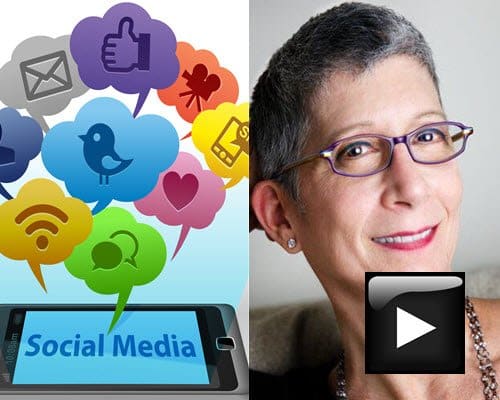
The Legal Issues Presented by ‘Real-Time’ Social Media Marketing
Real-time social media marketing is an increasingly important part of any company's marketing mix, do you (or your team) understand the potential pitfalls that could have a significant and negative impact on your company? Explore the legal issues surrounding "real-time" social media marketing with Lisa B. Dubrow, Esq. and learn how to successfully navigate them. Here's just some of what you'll learn during this on-demand training session:
What is the difference between editorial vs. advertisi...
HELLO!
This premium article is exclusively reserved for Subscription Insider PRO members.
Want access to premium member-only content like this article? Plus, conference discounts and other benefits? We deliver the information you need, for improved decision-making, skills, and subscription business profitability. Check out these membership options!
Learn more about Subscription Insider PRO memberships!
Already a Subscription Insider PRO Member?
Please Log-In Here!









